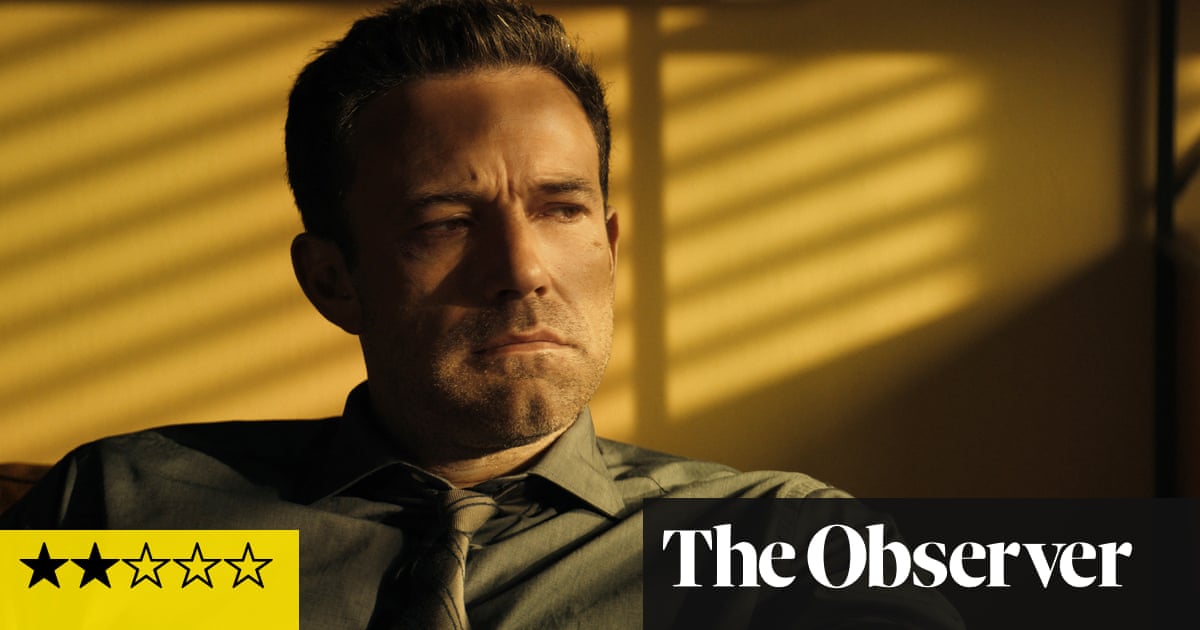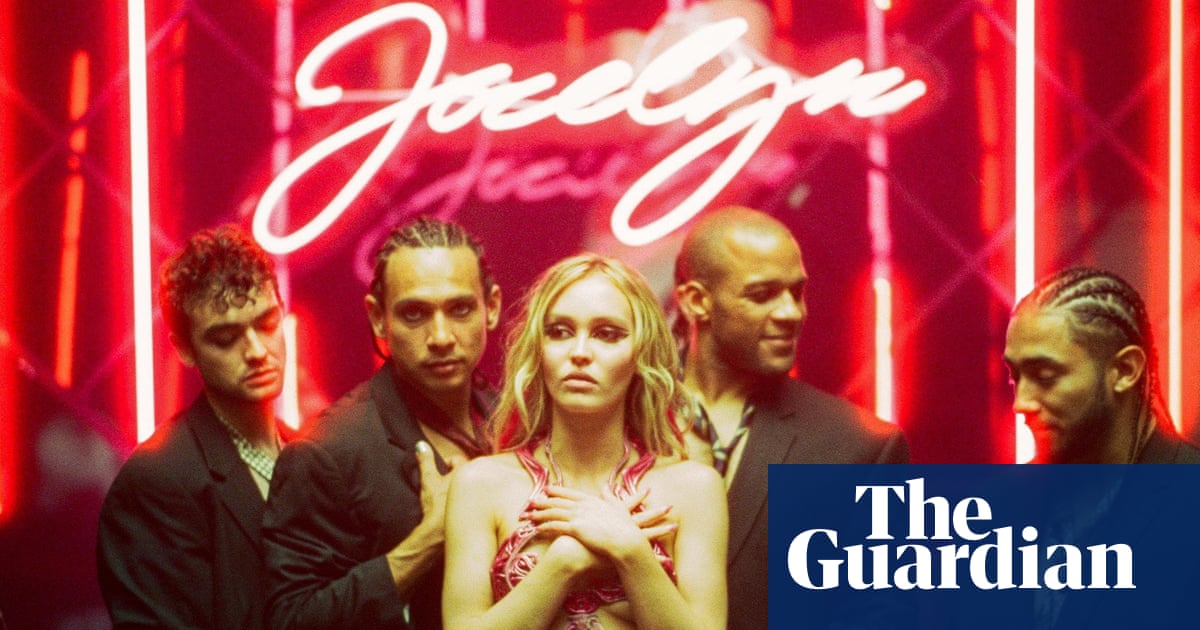
Five years ago, a glitzy charity fundraising gala in the British Museum organised by the model Naomi Campbell was widely accepted to be a triumph. It was the toast of London fashion week and a powerful showcase for Campbell’s philanthropic mission to raise money for young people in poverty.
Awash with celebrities (the actors Naomie Harris and Pierce Brosnan, the rapper Skepta and the model Alexa Chung) and wealthy paying guests, it combined a catwalk show with a charity auction of art (drawings by Matisse, Dalí and Tracey Emin, a signed Warhol print), jewellery and luxury watches.
The event was rapturously reviewed. “The best show of London fashion week, and all for a good cause,” said Grazia magazine. “Saving the world never looked so stylish,” said Cosmopolitan. Campbell told reporters: “It’s not just about looking good, it’s about being good and doing good.”
Behind the scenes, however, all was not so rosy. Even as Campbell was taking a bow on the British Museum catwalk, Fashion for Relief was being pursued by unhappy charity partners, angry that they had been left out of pocket and threatening legal action to recover money they believed they were owed.
This week, a Charity Commission report revealed the scale of the chaotic management and financial misconduct at Fashion for Relief. Campbell was banned from being a charity trustee or taking a senior charity role for five years. Two other trustees, Bianka Hellmich and Veronica Chou, were banned for nine and four years respectively.
The charity was wound up in December last year by interim managers appointed by the commission in 2022 to run Fashion for Relief after concerns were raised about its behaviour. The interim managers subsequently paid out £250,000 owed by Fashion for Relief to two former partners, Save the Children and the Mayor’s Fund for London.
One former partner of the charity said working with it was a bruising experience. “It was difficult from start to finish,” a senior charity manager told the Guardian. “If we knew then what we know now, we would never have partnered with them.”
Another said they were staggered by how little of the proceeds of Fashion for Relief events went to charity, and by how hard it had been to recover the money they felt they were owed. “I felt there was a big discrepancy between what they were telling the public about what they were doing and what was happening with donations.”
The commission report reveals that Fashion for Relief raised nearly £4.8m in five years up to 2020 but only a fraction of the £4.6m it spent on charitable activities – 10% – went in grants to partner charities. The bulk of its income appears to have been spent on putting on its spectacular gala fundraising events, including hefty expenses bills.
For one 2018 event in support of Save the Children in Cannes, Campbell stayed at a €3,000-a-night hotel for three nights. A further €4,000 went on a personal security team. Campbell ran up an €8,000 expenses bill, including charges for spa treatments, room service and cigarettes. All was charged to Fashion for Relief.
A year later, days before the 2019 London fashion week show, Save the Children threatened to take Fashion for Relief to court, claiming it was owed huge amounts from fashion galas held in Cannes in 2017 and 2018. It had become increasingly frustrated over its ability to recover donations made in its name.
The commission report has staggering details of the administrative chaos at Fashion for Relief at this time. The charity did not keep track of receipts or invoices and ignored charity rules on conflicts of interest. There was a reliance on unnamed donors to meet expenses. It had no full-time staff and one bank account, which was never used.
Sources close to Fashion for Relief said its trustees were surprised when the commission started raising questions about its conduct in 2020. They had acted in good faith and blamed outside advisers on whom they relied for legal and financial advice. They suggested the report was part of a “vendetta” against Campbell.
In a statement released on Saturday, Campbell said she found the “conclusions to be incomplete and misleading in their consideration of evidence” and that she was “not involved in day-to-day operations”.
She added: “I have instructed new advisers to undertake a detailed investigation of what transpired. Secondly, I have never undertaken philanthropic work for personal gain, nor will I ever do so …
“Contrary to media reports, I have never been paid a fee for my participation in Fashion for Relief nor billed any personal expenses to the organisation … Finally, we believe aspects of the report are deeply flawed.”
Campbell’s charity initiatives helped land her ambassador roles with Unicef and the Queen’s Commonwealth Trust and generated large amounts of positive publicity (“Naomi Campbell is saving the world one fashion show at a time,” ran one Elle headline). But her credibility as a philanthropist, at least in the UK, now looks uncertain.












